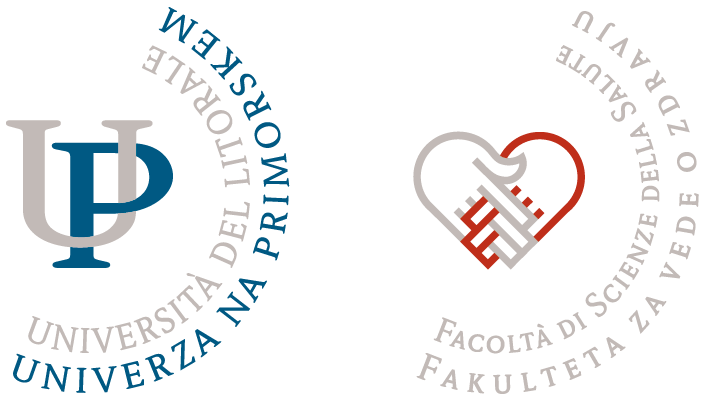Duration of the project:
Lead partner:
University of Primorska, Faculty of Health Sciences
Project partners:
University of Ljubljana, Faculty of Sports
Jožef Stefan Institute
S2P, Science to Practice, Ltd.
Co-financers of the project:
S2P, Science to Practice, Ltd.
Iskra Medical
Kistler Group
Dipros d.o.o
Principal investigator / researcher:
Prof. Nejc Šarabon (SICRIS, ResearchGate)
Team at UP FHS:
Assist. Darjan Smajla (SICRIS, ResearchGate)
Assist. Prof. Matej Voglar (SICRIS, ResearchGate)
Prof. Goran Marković (SICRIS, ResearchGate)
Assist. Jure Žitnik (SICRIS)
Link:
Webpage:
Abstract:
The project will address body (a)symmetries. These have been investigated before, yet several questions remain unanswered:
– which sports contribute to the asymmetry development due to their competitive rules, movement structure and prevailing training methods?
– How are the different types of asymmetries related – local:global and flexibility:strength:power:stability?
– What are the effective interventions to eliminate the asymmetries in order to allow safe participation in sport on different levels?
These questions will be addresses by the studies within the proposed project.
Injuries have a detrimental effect both on an individual level, as athlete may be required to abstain from sport participation for significant amount of time, and on the level of clubs,sport associations and society, as injuries are often expensive to treat. Researchers within this project wish to:
A) contribute to the much needed basic knowledge on the etiology of asymmetries and associations between (a)symmetries and sports injuries,
B) further explore different measures for eliminating asymmetries and treating sports injuries.
The first major work package of the project includes the analysis of sport and movement patterns in sports, particularly of the way in which those contribute to the development of asymmetries and consequently increase injury risk. In the second part, we will recruit a pool of athletes from different sport disciplines and carry out several test on them to seek for potential (a)symmetries. Then, we will retrospectively and prospectively examine the
associations between the recognized asymmetries and occurrence of injuries. The test battery will include several aspects of physical ability and function (strength, power, balance, flexibility and kinematics of cyclic and acyclic movement patterns). The last major work package includes two intervention studies. With those, we will:
– examine the effect of two exercise interventions (locally oriented and globally oriented) on
eliminating the present asymmetries
– explore the effects of exercise and functional magnetic stimulation on treating the aforementioned three injuries and eliminating the accompanying asymmetries.
To sum up, the results of our studies will provide information on associations of (a)symmetries and injury risk, and hopefully provide evidence for effective interventions to address asymmetries and common injuries. The project consortium is in possession of broad spectrum of high-quality measuring equipment and has several years of experience on working with it, which will enable as to carry out a holistic examination of participants and their (a)symmetries. The knowledge discovered within the project will benefit athletes, clubs and associations, and for general populations as it will help them dealing with sports injuries and common pain syndromes. Moreover, it will be also applicable to non-professional athletes and general population. Results from the first phase of the projects will add an important contribution to the knowledge on associations between different types of (a)symmetries and sports injuries, and will represent and important basis for following applicative trials within the project. During the course of the project, we expect that several measuring protocols will be upgraded, enabling the researchers to conduct even more quality studies, while partners/beneficiaries from economic sector will receive valuable feedback regarding their devices/products and procedures, important for further optimization.

The authors acknowledge the project “L5-1845 Body asymmetries as a risk factor in musculoskeletal injury development: studying etiological mechanisms and designing corrective interventions for primary and tertiary preventive care” is finacially supported by the Slovenian Research Agency.

